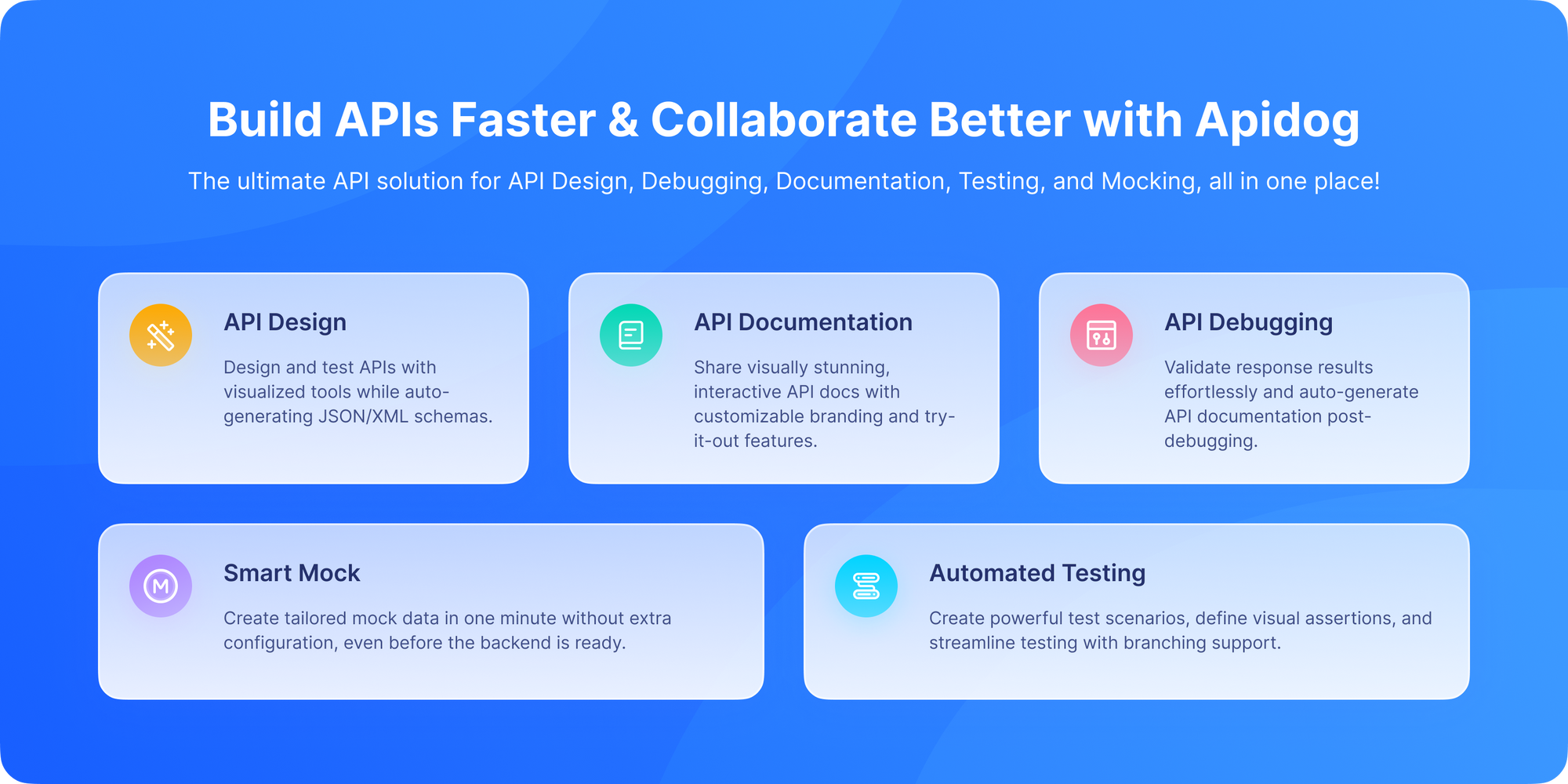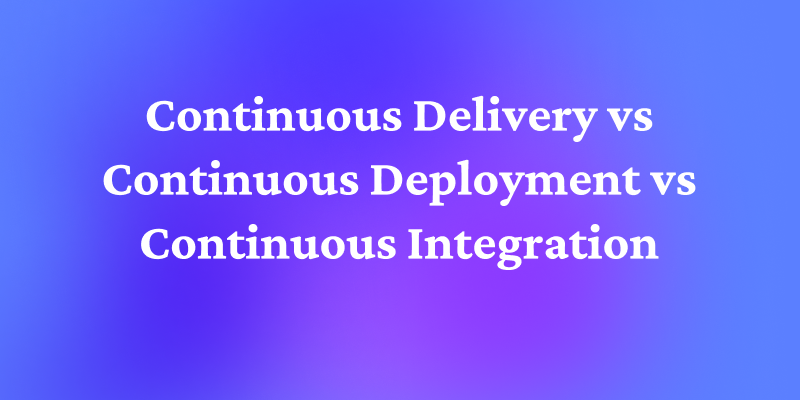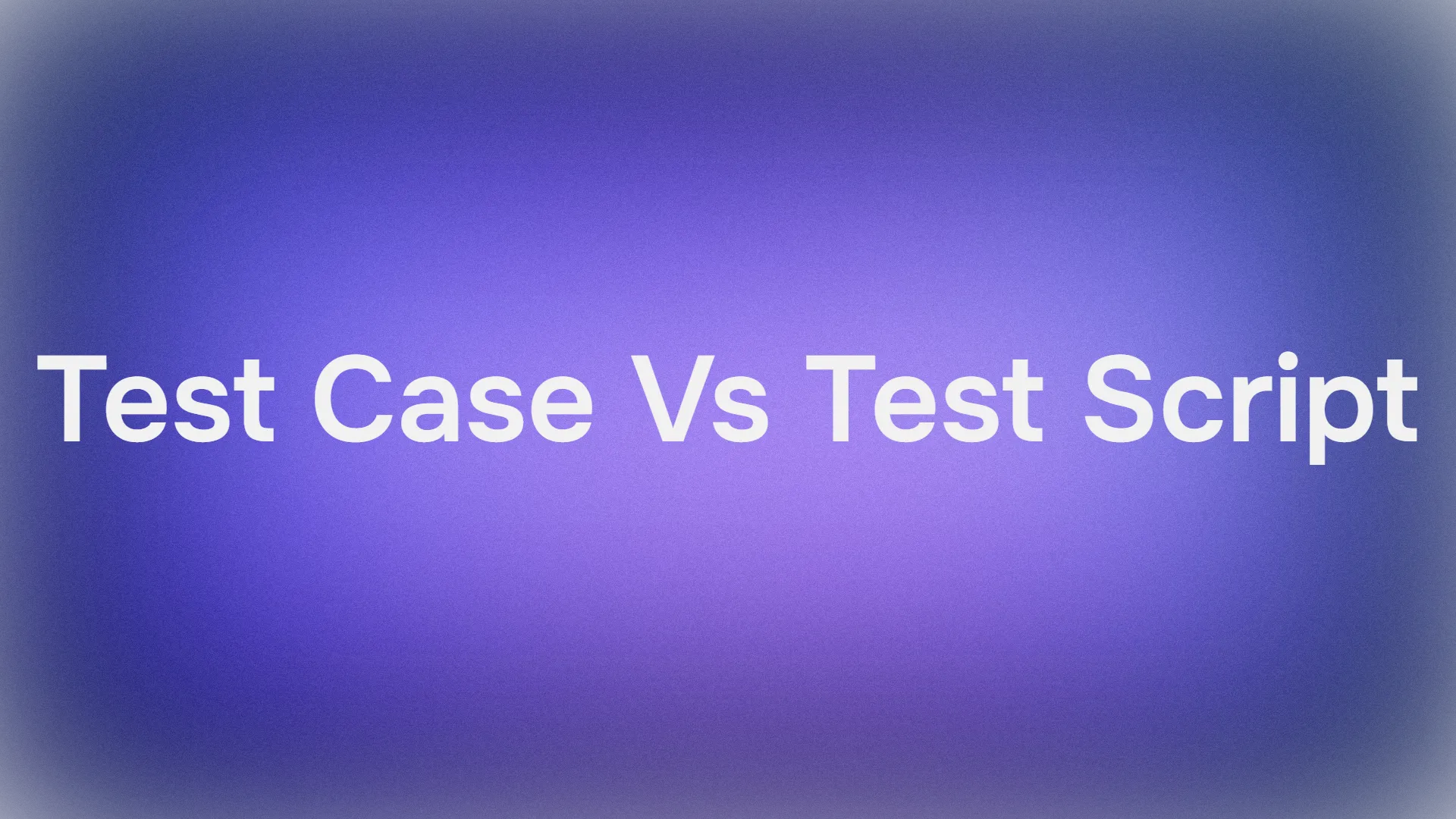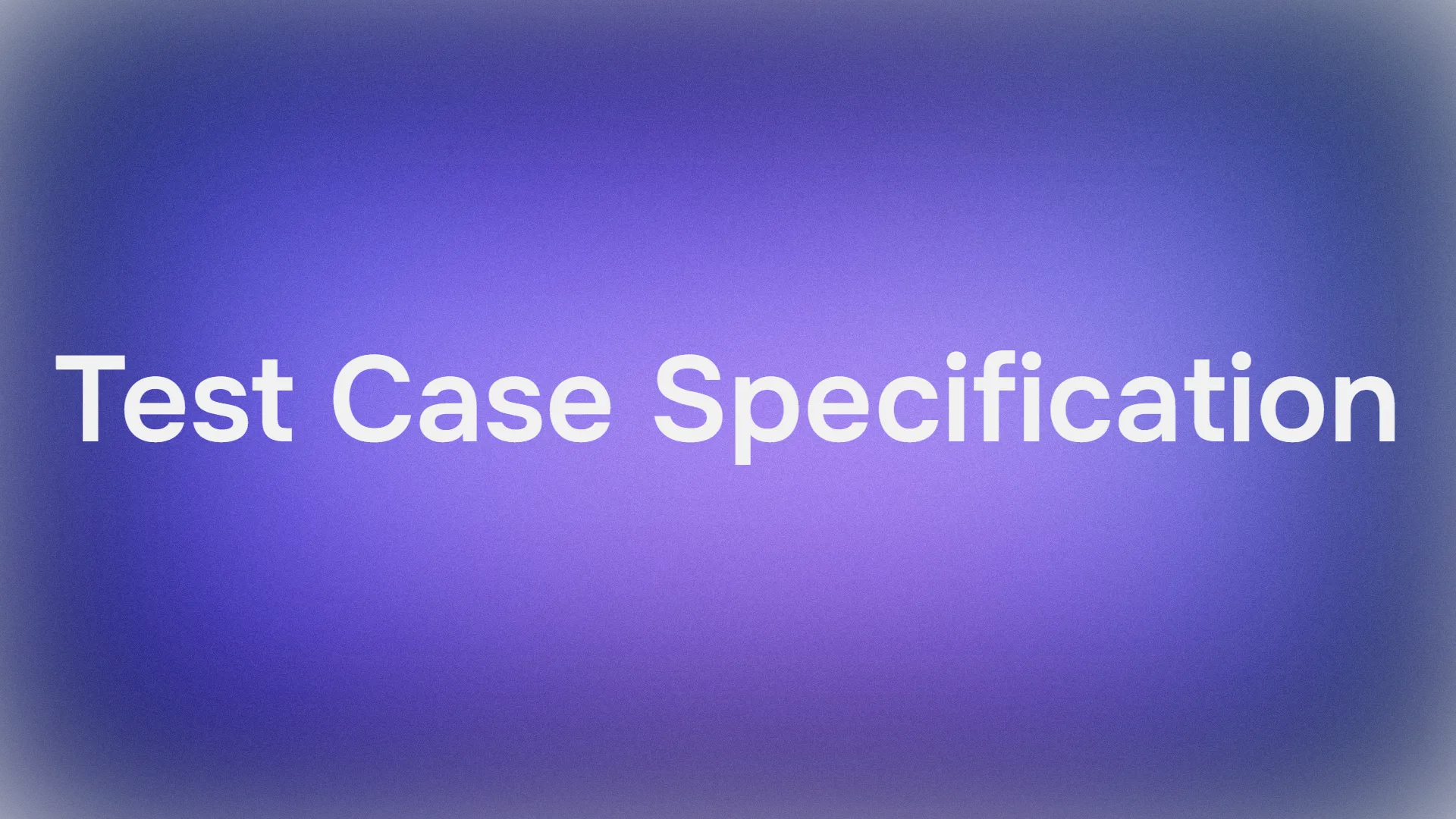So, you’ve decided to modernize your software development process or been around the world of DevOps and modern software development. You’re reading about DevOps, trying to automate your workflow, and suddenly you’re bombarded with terms like Continuous Integration (CI), Continuous Delivery (CD), and Continuous Deployment (also CD) tossed around. You see phrases like "We practice CI/CD" and your brain starts to wonder: "Aren't they the same thing?" They sound similar, right? But here’s the thing: They’re not the same. What's the real difference here?
Don't worry, you're not alone. In fact, many teams confuse them, which leads to poor pipeline design, missed deadlines, and unexpected bugs in production. This is one of the most common points of confusion in software development. Furthermore, understanding the distinction isn't just academic; it’s crucial for building a fast, reliable, and efficient software delivery pipeline. It shapes your team's culture, your tools, and ultimately, how quickly you can get value to your users. So, what’s the difference between Continuous Delivery vs Continuous Deployment vs Continuous Integration? And more importantly, how do you decide which one fits your team?
Speaking of tools, a robust CI/CD pipeline is built on the backbone of reliable API testing. All three practices CI, Continuous Delivery, and Continuous Deployment rely heavily on testing and automation. That means if your API tests are unreliable, your entire pipeline suffers. This is where a powerful platform like Apidog can be a total game-changer. It helps you design, mock, test, debug and document your APIs, ensuring that the core connections in your application are solid before they ever enter your automated pipeline. You can download Apidog for free to start building that stability into your process from the very beginning.
Now, let's grab a cup of coffee and untangle this CI/CD/CD mess once and for all. I promise by the end of this guide, you'll not only know the difference but you'll also understand how they fit together like pieces of a well-oiled machine.
Let's Start with a Simple Analogy: A Bakery
Imagine you’re running an artisanal bakery. Your goal is to get delicious, fresh bread to your customers as efficiently and reliably as possible.
- Continuous Integration (CI) is like your head baker constantly tasting the dough. Every time a new ingredient is added (a code change), they take a small sample, bake a tiny roll, and taste it (run automated tests). This happens dozens of times a day. If the taste is off, they fix the recipe immediately, before making a huge, bad batch. It’s all about finding problems early.
- Continuous Delivery (CD) means that every single loaf of bread you make is potentially ready to be sold. It's been baked, cooled, wrapped in packaging, and labeled. It's sitting on a rack right by the front door. All you need to do is decide, "Yes, let's put this one on the shelf today", and it's instantly available to a customer. It's always in a state of readiness.
- Continuous Deployment (CD) takes it one step further. In this bakery, the process is so automated and so reliable that every good loaf is automatically placed on the shelf the moment it's packaged. There's no human standing by the door giving a final thumbs-up. The automated system is trusted to make that decision. It's the ultimate automation of release.
This analogy highlights the key difference: Human intervention. Continuous Delivery has a manual "go, no-go" decision gate. Continuous Deployment is fully automated.
Now, let's break down each concept in technical detail.
What is Continuous Integration (CI)? The Foundation
Continuous Integration is the foundational practice that makes the others possible. It’s a development philosophy backed by automation.
The Core Idea: Developers integrate their code changes into a shared mainline repository (like in main or master branch) frequently, ideally, multiple times a day. Each integration is then verified by an automated build and a set of automated tests. This allows teams to detect problems early, often within minutes of a change being introduced.
Key benefits of Continuous Integration:
- Detects bugs early before they snowball.
- Encourages smaller, manageable commits.
- Keeps the main branch always in a releasable state.
Think of CI as the foundation of a healthy software development workflow. Without it, you risk "integration hell", where developers sit on code branches for weeks and then struggle to merge everything at the end.
The Key Practices of Continuous Integration:
- Maintain a Single Source Repository: Everyone works off the same codebase.
- Automate the Build: You should be able to build the system with a single command. This includes pulling dependencies, compiling code, and creating deployable artifacts.
- Make Your Build Self-Testing: The build command shouldn't just compile code; it should also run a suite of automated tests to prove that the code is correct.
- Everyone Commits to the Mainline Every Day: Frequent integration forces developers to deal with conflicts and issues sooner, in smaller batches.
- Every Commit Should Trigger the Build: This is usually handled by a CI server (like Jenkins, GitLab CI, GitHub Actions, or CircleCI). The server monitors the repository and automatically runs the build and test process on every single commit.
- Fix Broken Builds Immediately: The number one rule of CI! If the build fails, the team's highest priority is to fix it. A broken build halts the line.
What Continuous Integration Looks Like in Practice:
A developer finishes a feature, commits their code, and pushes it to GitHub. Instantly, a GitHub Action workflow is triggered. It:
- Spins up a fresh environment.
- Checks out the code.
- Installs all dependencies (
npm install,bundle install,pip install). - Compiles the code (
gcc,javac,tsc). - Runs the full unit test suite.
- Maybe runs linters and code style checkers.
If any step fails, the developer gets a notification within minutes. They "broke the build" and must fix it before moving on. This ensures the main branch is always healthy.
Example:
Imagine you’re working with three other developers. Every time you push code, an automated system runs unit tests, integration tests, and API checks. If something breaks, you know immediately.
In short: CI is about automatically and continuously validating code changes through building and testing. Without CI, you’d only find out weeks later a nightmare for debugging.
What is Continuous Delivery (CD)? The Next Logical Step
Continuous Delivery is an extension of Continuous Integration. Continuous Delivery (CD) is the practice of ensuring that you can reliably and quickly release your software at any time. The key principle is that your codebase is always in a deployable state, even if you don’t deploy it right away.
The Core Idea: While CI gets us to a "built and tested" state, CD takes the resulting artifact and gets it all the way to a "ready for production" state. This involves performing additional stages of testing and deployment in a production-like environment (often called staging or pre-prod).
The goal? With a push of a button, you should be able to release your software into production.
Key benefits of Continuous Delivery:
- Reduces release risks by making them smaller and more frequent.
- Ensures high-quality standards since every commit goes through testing pipelines.
- Gives flexibility: you can choose when to release.
The Key Practices of Continuous Delivery:
- Build on CI: Everything in CI is a prerequisite for CD.
- Automate the Deployment Process: The act of deploying to any environment (test, staging, production) must be fully automated and scripted. No manual
scporrsynccommands. - Test in a Clone of the Production Environment: Your staging environment should be a mirror of production. This is where you run more sophisticated integration tests, API tests, performance tests, and UI tests.
- Make Deployments Boring: Deployment shouldn't be a stressful, all-hands-on-deck event. Because you do it so often, the process becomes routine and low-risk.
- The Manual Decision Gate: This is the defining characteristic. At the end of the automated pipeline, a human (e.g., a product manager, a release manager, or an ops team) makes a conscious business decision to promote the build to production. The deployment to prod is automated, but the trigger is manual.
What Continuous Delivery Looks Like in Practice:
The CI process finishes successfully, producing a validated artifact (e.g., a Docker image). Now the CD pipeline takes over:
- The artifact is automatically deployed to a staging environment.
- A comprehensive suite of end-to-end (E2E) tests and API tests runs against staging.
- Perhaps a performance test is run or a security scan is completed.
- The artifact passes all tests and is now "on hold," ready for production.
- A notification is sent: "v1.2.5 is ready for production deployment. Click here to deploy."
A product manager reviews the change log, checks the business calendar (e.g., "not during the big sales event"), and clicks the "Deploy to Prod" button. The same automated script that deployed to staging now deploys to production.
Example:
Let’s say your CI pipeline has already built and tested your code. Continuous Delivery takes it one step further it prepares that code for production by running acceptance tests, API validations, and staging deployments. So, the code is ready to go live at any moment, but you (or your release manager) decide when to hit the big red “Deploy” button.
In short: CD (Delivery) is about ensuring every change is production-ready and can be released at the push of a button, with a human making the final "push."
What is Continuous Deployment (CD)? The Full Automation
Continuous Deployment is the final evolution of this automation journey. Continuous Deployment is like Continuous Delivery but without the manual button press. It takes the manual decision gate out of Continuous Delivery.
The Core Idea: Every single change that passes all stages of your automated production pipeline is automatically released to your users. There is no human intervention required between a commit passing its tests and it going live. The decision to release is based solely on the results of the automated pipeline.
Key benefits of Continuous Deployment:
- Faster feedback from real users.
- Smaller, less risky changes go live frequently.
- Eliminates bottlenecks caused by manual approvals.
The Key Practices of Continuous Deployment:
- You Must Be Doing Continuous Delivery First: Your pipeline and test suite must be incredibly robust and trustworthy. You are betting the health of your production environment entirely on your automation.
- Invest Heavily in Test Automation: Your test suite is your primary quality gate. You need extensive coverage at all levels: unit, integration, API, and end-to-end.
- Feature Flags are Essential: To deploy code that isn't yet ready for users, you use feature flags (feature toggles). This allows you to merge and deploy incomplete features to production but keep them hidden from users until they are switched on. This decouples deployment from release.
- Culture of Shared Ownership: The entire team (devs, ops, QA) shares responsibility for the health of the pipeline and the production environment.
What Continuous Deployment Looks Like in Practice:
The pipeline is identical to Continuous Delivery, right up until the very end. The artifact passes all tests in staging. Instead of stopping and waiting for a button click, the pipeline immediately and automatically:
- Deploys the new artifact to a small subset of production servers (e.g., a canary deployment).
- Runs a final set of health checks.
- If health checks pass, it progressively rolls out the deployment to the entire production infrastructure.
- The entire process, from commit to live in production, takes 15-20 minutes without any human involvement.
Example:
If you fix a typo in your app and commit the change, within minutes that fix could be live for all users. Of course, this requires extremely reliable test automation.
In short: CD (Deployment) is about automatically releasing every change that passes the automated tests, eliminating the manual "release" step entirely.
Continuous Delivery vs Continuous Deployment vs Continuous Integration: The Key Differences
Let’s summarize this in simple terms:
| Practice | What It Does | Who Triggers Release? | Deployment to Production? |
|---|---|---|---|
| Continuous Integration (CI) | Automates build + test on each code commit | Developer commits | No, just testing |
| Continuous Delivery (CD) | Keeps code always deployable | Manual approval | Yes, when approved |
| Continuous Deployment (CD) | Automates production release | Automated | Yes, always |
So:
- CI = Merge code often + test often
- Continuous Delivery = Always be ready to deploy
- Continuous Deployment = Deploy automatically, continuously
Why These Differences Matter
You might be thinking, “Okay, so what? Why does it matter whether we stop at Continuous Delivery or go all the way to Continuous Deployment?”
Here’s why:
- Team Maturity → If your tests aren’t reliable, Continuous Deployment will hurt more than it helps.
- Risk Appetite → Some industries (like finance or healthcare) need human approvals before deploying.
- Speed of Innovation → If you want rapid iteration, Continuous Deployment gives you that edge.
In short: choose the model that fits your team culture, risk profile, and customer needs.
Side-by-Side Comparison: A Handy Table
| Aspect | Continuous Integration (CI) | Continuous Delivery (CD) | Continuous Deployment (CD) |
|---|---|---|---|
| Core Goal | Find integration issues early. | Ensure code is always production-ready. | Automate the entire release process. |
| Process | Auto-build and test on every commit. | Auto-deploy to staging-like environments. | Auto-deploy to production. |
| Key Question | "Does the new code integrate correctly?" | "Can we release this version if we want to?" | "Is this change good to go live now?" |
| Human Gate? | No (fully automated). | Yes, before production. | No (fully automated). |
| Release Cadence | N/A (does not handle release). | Frequent, but business-decided. | Constant, on every change. |
| Test Coverage | Unit tests, integration tests. | + API tests, E2E tests, performance tests. | Requires extensive, reliable test suites. |
How They Work Together: The Pipeline
It's best to think of them not as separate things, but as a progressive pipeline.
A Typical Advanced Pipeline:
- Commit Stage (CI): A developer pushes code. It triggers the CI process: build, unit tests, linting. This is fast (e.g., 5 mins).
- Automated Acceptance Stage (CD - Delivery): If the commit stage passes, the artifact is deployed to a staging environment. A full API test suite runs. This is where Apidog excels. You can integrate Apidog's test scenarios into this stage to rigorously validate all API contracts, performance, and integration points before anything gets near production.
- Manual Validation Stage (CD - Delivery): The build is now in staging. QA might do some manual exploratory testing, or stakeholders might do a quick review. This is the manual gate.
- Production Deployment (CD - Deployment/Delivery):
- For Continuous Delivery: Someone manually clicks "Deploy to Prod," which runs an automated script.
- For Continuous Deployment: This step is automatic if stage 2 passes.
How CI/CD Improves Developer Productivity
CI/CD isn’t just about automation it’s about freeing up developers from repetitive tasks so they can focus on building features.
Here’s how:
- Fewer merge conflicts → Thanks to CI.
- Reduced release stress → Thanks to Continuous Delivery.
- Faster user feedback → Thanks to Continuous Deployment.
Ultimately, CI/CD shrinks the feedback loop, which is the holy grail of software engineering.
Which One Should You Choose?
There's no one-size-fits-all answer. It depends on your business, your culture, and your application.
- Choose Continuous Integration: This is non-negotiable. Every team should be doing this. It's the bare minimum for modern development.
- Choose Continuous Delivery: This is the standard for most mature SaaS companies and many other tech businesses. It's perfect when you need to align releases with business events (marketing campaigns, legal requirements, etc.) or when you have a regulatory need for a formal approval process.
- Choose Continuous Deployment: This is the ideal for web-based products where speed of iteration is the highest value. It requires immense trust in your automated processes and test suites. Companies like Netflix, Facebook, and Etsy are famous for this.
Common Challenges and How Tools Like Apidog Help

No matter which path you choose, a robust API strategy is critical. APIs are the glue between services. If your API tests are flaky or incomplete, your entire CD pipeline becomes untrustworthy.
Of course, it’s not all sunshine and rainbows. Teams often run into:
- Flaky tests → Nothing kills CI/CD pipelines faster than unreliable tests.
- Environment inconsistencies → Code works on dev, fails in prod.
- Complex dependencies → External APIs, third-party services, and legacy systems.
- Cultural resistance → Some teams just don’t like deploying frequently.
This is where solid tooling and automation frameworks make a difference like Apidog provides immense value in a CI/CD context:
- API-First Design: Design your APIs before you code, ensuring consistency from the start.
- Automated Testing: Create comprehensive test suites for your APIs that can be integrated into your CI/CD pipeline (e.g., via command-line tools or plugins for Jenkins/GitHub Actions). This automates the critical "Acceptance Stage" testing.
- Mock Servers: While a frontend team is waiting for a backend API to be built, they can use Apidog's mock servers to simulate responses. This allows both teams to work in parallel and integrate continuously without blockers.
- Documentation: Always-up-to-date documentation ensures everyone knows the contract they are testing against.
By ensuring your API layer is stable and well-tested with a tool like Apidog, you build the confidence needed to automate your deployment process further, whether you're aiming for Continuous Delivery or the holy grail of Continuous Deployment. This means your CI/CD process becomes more stable, faster, and less stressful.
Conclusion: It's a Journey, Not a Destination
Understanding the difference between Continuous Integration, Continuous Delivery, and Continuous Deployment is the first step. Implementing it is a journey of continuous improvement.
So, here’s the bottom line:
- Continuous Integration (CI) ensures developers merge and test code frequently.
- Continuous Delivery makes sure your code is always ready to release.
- Continuous Deployment takes it a step further and releases automatically.
Start by mastering Continuous Integration. Get your automated build and test process on every commit rock solid. Then, extend that automation to deployment scripts and staging environments to achieve Continuous Delivery. Finally, if it makes sense for your business, you can strive for the full automation of Continuous Deployment by investing in an unparalleled testing culture and infrastructure.
Remember, the ultimate goal of all these practices is the same: to reduce risk, deliver value faster, and learn from your users as quickly as possible. Together, these practices form the backbone of modern DevOps pipelines. But remember, without reliable tests, CI/CD falls apart.
That’s why tools like Apidog are essential. They help you test, mock, and monitor APIs so your pipelines remain fast and trustworthy. Now go forth and automate.



